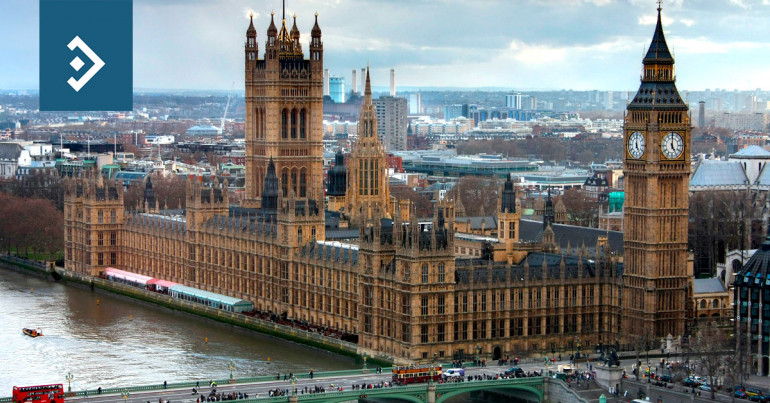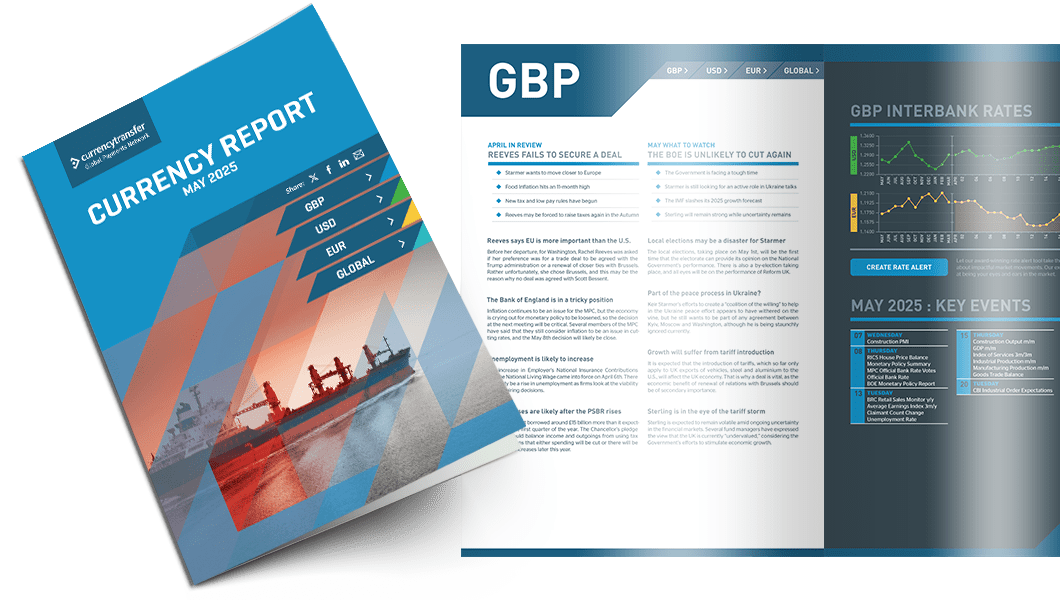
Highlights
- Businesses that received grants during COVID-19 would have survived
- Bowman seeks a more measured approach to monetary policy
- Inflation fell below target in September
GDP has been revised down in Q2
Her “gloomy messaging” about the economy has prompted a sharp drop in confidence among Britain’s manufacturers, a closely watched gauge of activity has shown. Her team at the Treasury want her to bring a more “upbeat” outlook to her speeches, even as she prepares to possibly raise taxes and make unpopular choices regarding the benefit system.
The Chancellor has reportedly been looking at tax relief on pension contributions, specifically, employers’ national insurance relief.
There are two forms of national insurance.
Employees are paid by the employee, and employers, are paid by employers on the earnings of those they employ.
Under current rates, employees’ national insurance is set at eight per cent for those earning up to £967 per week. The rate of employers’ national insurance is set at thirteen point eight per cent.
However, this tax is not applied if money is paid into a pension as part of a salary sacrifice scheme.
There was more positive news for borrowers yesterday, as mortgage lender First Direct is now offering a five-year fixed deal of 4.79% to existing customers who wish to remortgage and fix their costs.
First Direct, which is an online and phone bank owned by HSBC, only lends directly to borrowers and doesn’t work with brokers.
The moves follow a spate of rate cuts from lenders in recent weeks, with the market beginning to price in a quarter percentage point (0.25%) cut to the Bank of England Bank Rate next month.
A consumption-driven recovery in the UK could set off a renewed bout of inflation, but more interest rate cuts are likely as prices are “moving in the right direction,” Bank of England policymaker Megan Greene said.
Greene, one of four external members of the BOE’s nine-member Monetary Policy Committee, said she was watching closely for signs that UK companies will raise prices as the economy gathers steam. A robust consumer could be the trigger, she said.
The pound fell victim to a recovery by the dollar yesterday, although it still made progress against a weakening Euro. Versus the dollar, Sterling fell to a low of 1.3237, although it recovered late in the day to close at 1,3285, while versus the single currency, it again tested above 1.20 closing at 1.2003.

Read our latest currency report
Most impactful events planned this month and how they could impact your business
Risks remain two-sided despite falling inflation
Powell said the Central Bank will make its policy adjustment decisions meeting by meeting and asserted that it is not on a preset course. He went on to say that the FOMC plans to lower interest rates “over time,” while affirming that the US economy is still stable.
He expressed confidence that inflation will continue to trend lower, eventually reaching the Fed’s two per cent target. He added that current economic conditions “set the table” for further easing of price pressures.
Speaking in Nashville at the National Association for Business Economics, Powell emphasized that the Fed’s approach was now to set policy based on an evolving economy.
On November 7, the Federal Open Market Committee is expected to again lower interest rates after an initial cut on September 18.
Markets currently expect a 0.25% reduction in interest rates to between 4.5% and 4.75%. However, a larger 0.5% reduction is possible depending on reported economic data over the coming weeks.
The FOMC will meet from November 6-7 and announce its interest rate decision on November 7. It is slightly unusual that the decision will be announced on a Thursday rather than the typical Wednesday, probably due to the proximity of the election.
Economic projections are released at every other meeting, and they were last updated on September 18, so they will not be updated at the November FOMC meeting.
For inflation, key data points will come with the Consumer Price Index for September on October 10, and the PCE inflation release for September on October 31. The broad expectation here is that inflation should continue to trend toward 2% and won’t bring cause for alarm.
However, jobs data may prove more significant in shaping the FOMC’s thinking. If there is a further rise in unemployment, then the FOMC may be prompted to make larger interest rate cuts to counter recession risk.
There’s ample time for that to change, with plenty of “water to pass under the bridge” before the meeting. Although the country will be concentrating on the election immediately before the FOMC meeting, its result will not affect the outcome.
More fundamentally, markets are assessing how low interest rates will ultimately go.
Currently, short-term interest rates could be around 3% by late 2025, but markets project a broad range of outcomes, implying that anything from 2% to 4% is possible.
The dollar has begun to recover as it became clear that the ECB will at least match the Fed’s expected November cut, given yesterday’s data releases.
The index climbed to a high of 101.39, its highest since September 12th, and closed at 101.21.
An October rate cut is becoming very likely
Yesterday’s official figure coupled with an anaemic growth outlook could pave the way for faster interest rate cuts from the ECB, which has already trimmed rates twice.
A few weeks ago, the expectations were that the central bank would wait until December before lowering borrowing costs again for consumers and businesses.
The bank must juggle the need to make sure inflation is under control, which would mean waiting longer to lower rates, against concerns over slow economic growth.
This will be a sea-change for the ECB, which has been by far the most hawkish of the G7 Central Banks, almost accepting that it may tip the economy into recession by maintaining interest rates at elevated levels to ultimately defeat inflation.
The latest inflation predictions for inflation through 2025 will make interesting reading, since the market has constantly believed that price increases will fall to below 2% much sooner than the ECB projects.
The European Central Bank should keep cutting interest rates gradually, but it does not need to set a schedule since conditions could change between moves, ECB chief economist Philip Lane said.
Several members of the Executive Board and Governing Council will speak between now and October 17th, and it will be interesting to gauge their reaction to the inflation data since it is the market view is that the ECB is committed to one interest rate cut per quarter even though Christine Lagarde believes that any change to monetary policy will be considered on a meeting-to-meeting basis.
The HCOB Eurozone Manufacturing PMI, compiled by S&P Global, fell to 45.0 in September, down from 45.8 in August, marking its lowest level this year and continuing the downturn that has spanned 27 months.
Any figure below 50 indicates contraction, and September’s drop suggests a significant and accelerated deterioration in the health of the eurozone’s manufacturing sector.
The overall decline masked regional differences within the eurozone. While Spain led with the strongest performance, recording its best growth in four months, and Greece maintained its expansion, albeit at the slowest pace in a year, other major economies fared poorly.
Germany, the euro area’s largest manufacturing economy, recorded its sharpest downturn in 12 months, dragging down the region’s overall performance, as per an S&P Global press release.
The euro reacted badly to the fall in inflation, it fell to a low of 1.1045 and closed at 1.1067.
Have a great day!

Exchange rate movements:
01 Oct - 02 Oct 2024
Click on a currency pair to set up a rate alert
Alan Hill
Alan has been involved in the FX market for more than 25 years and brings a wealth of experience to his content. His knowledge has been gained while trading through some of the most volatile periods of recent history. His commentary relies on an understanding of past events and how they will affect future market performance.